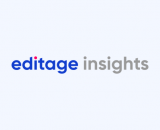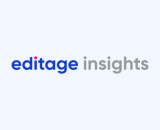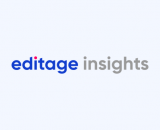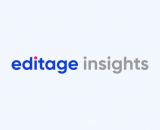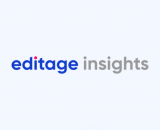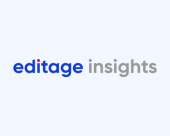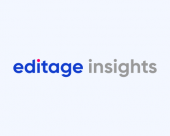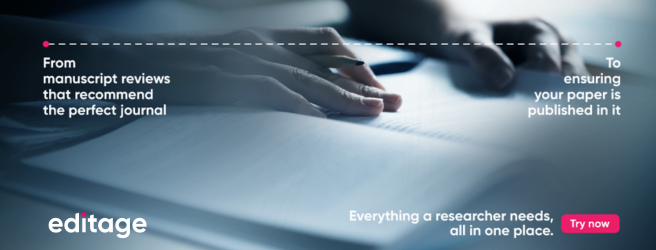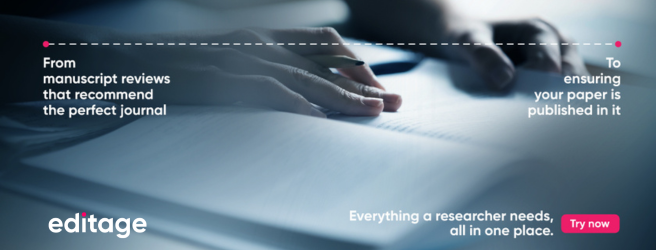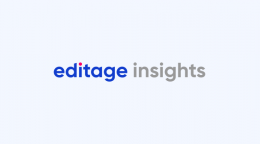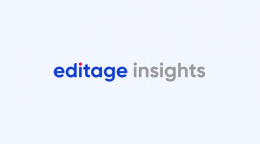Thomson Reuters releases the 2016 Journal Citation Reports
Impact factor
Impact factor, an index based on the frequency with which a journal's articles are cited in scientific publications, is the most widely used citation metric to evaluate the influence of published research and the prestige of researchers. However, the reliance on impact factor to assess a researcher’s worth has frequently been called into question. This enlightening series covers the buzz around the latest impact factor release, and delves deeper into interesting views such as: Why is it not enough to use the journal impact factor to evaluate research? What makes for good science? Can any other metrics replace impact factor?

For the latest update on Journal Citation Reports, refer to this article: Clarivate Analytics releases the 2017 Journal Citation Reports.
The Intellectual Property (IP) & Science business of Thomson Reuters has released the 2016 Journal Citation Reports® (JCR). The JCR is the world’s most influential resource for evaluating peer-reviewed publications and the source of annual journal metrics, including the Journal Impact Factors (JIF). The assessment of the JCR is based on a combination of impact and influence metrics, and citation data from the Web of ScienceTM, the industry's leading network of citation indices in the sciences, social sciences, and arts and humanities. The impact factor (IF) ranking system is based on the number of times an average article is cited during the previous two years.
The 2016 edition provides a combination of impact and influence metrics from the 2015 data. The extensive report includes 11,365 journals from 81 countries in 234 disciplines within the sciences and social sciences. This release of the JCR includes a new category, Green & Sustainable Science & Technology.
A total of 239 new journals have been included in the list, having received their first JIF; 57% of journals have seen an increase in JIF from 2015, while 42% have seen a decrease from last year. With an impressive 131.723, CA:A Cancer Journal for Clinicians has emerged as the journal with the highest IF. On the other hand, Living Reviews in Relativity ranks highest in terms of Open Access JIF (32.000), while Morbidity and Mortality Weekly Report (MMWR) has the highest JIF (10.588) among new journals. According to the JCR, 18 journals were suppressed to ensure the integrity of the reports, and they will be re-evaluated after a year for reconsideration.
The JCR was first released in 1975 and is currently in its 41st year. Last year, Thomson Reuters made several enhancements to the JCR, such as the addition of Journal Impact Factor Percentile, the Normalized EigenfactorTM, and an Open Access Filter to increase transparency and access to data.
Related reading:
Interview with David Pendlebury, citation analyst at Clarivate Analystics: Misuse of bibliometric analysis shifts scientists' focus from their research to pursuing scores
Published on: Jun 14, 2016
Comments
You're looking to give wings to your academic career and publication journey. We like that!
Why don't we give you complete access! Create a free account and get unlimited access to all resources & a vibrant researcher community.




